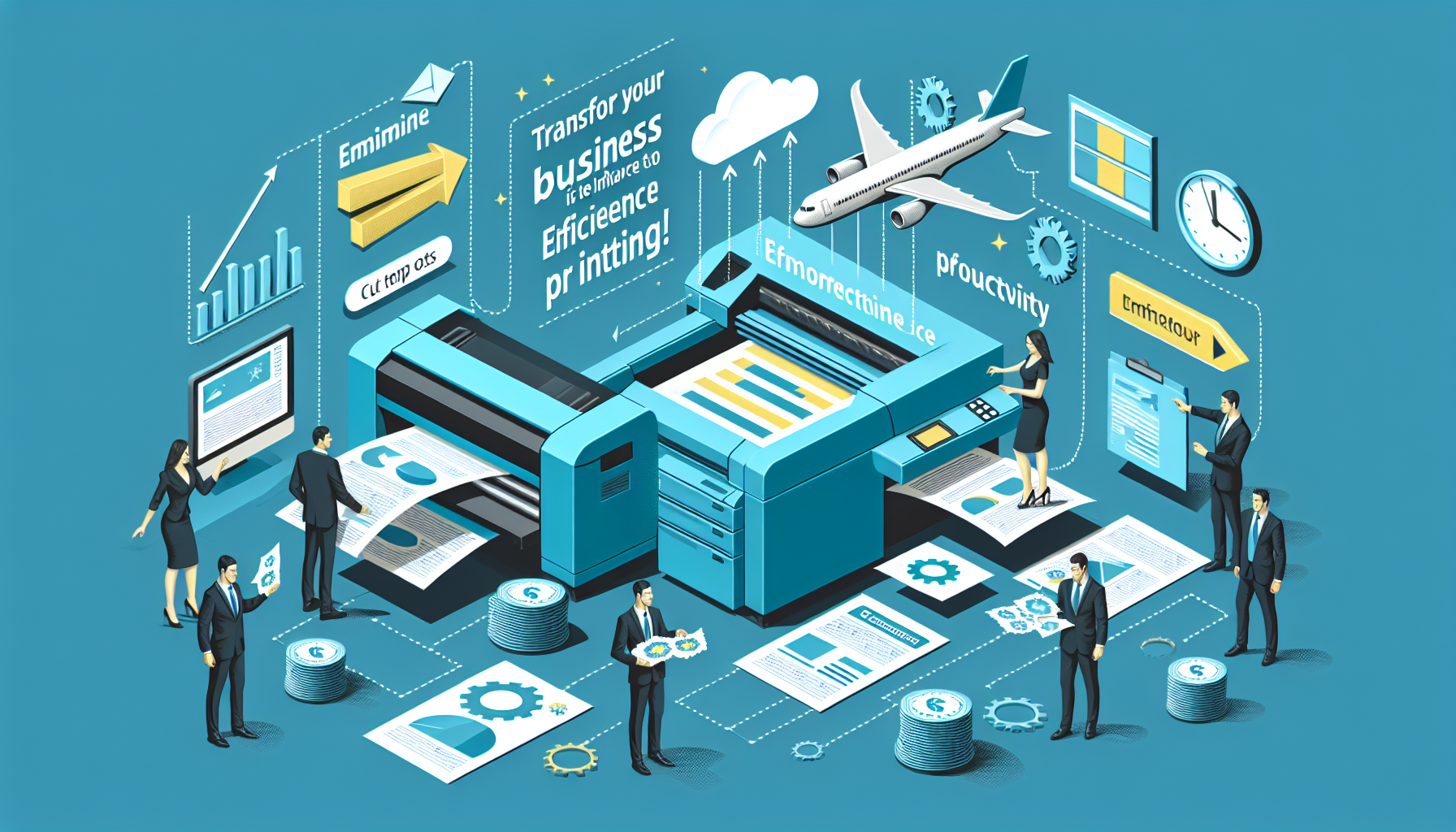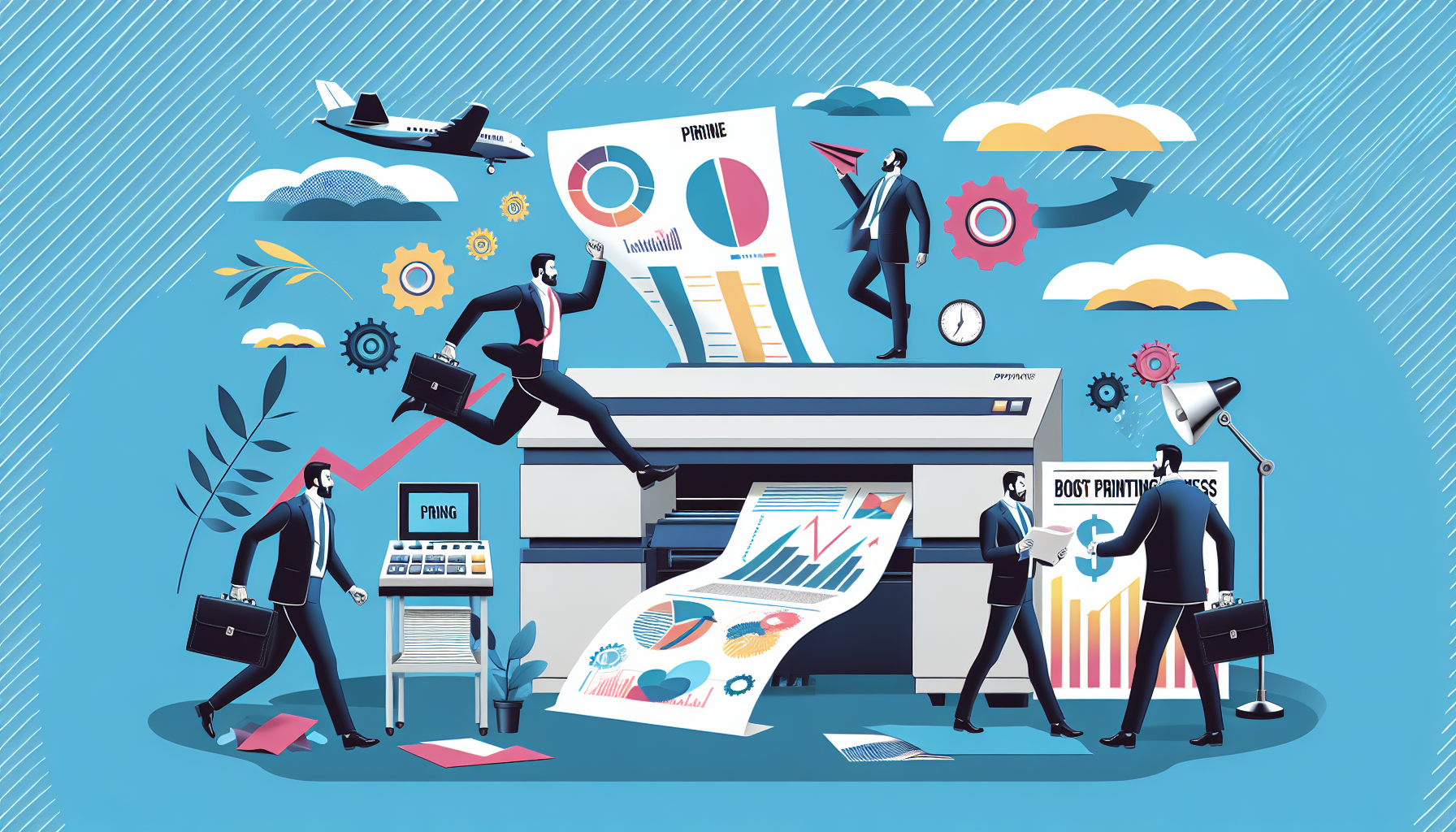Optimizing print settings for greater efficiency
Understand and adjust print settings is essential for optimal productivity and superior print quality. Whether to do a test with the Qidi Tech Q1 Pro in 3D printing or to calibrate an Epson for your work documents, every detail counts.
Choose the right filling is one of the most critical aspects in 3D printing. Just like the quality of a Cewe photo book, the interior of a 3D printed object must be carefully considered to ensure strength and efficiency in terms of material consumption. To find out more on this subject, consult specialist filling guides, such as the one offered by 3Dnatives.
Speaking of speed, theincreased print speed can sometimes seem like a time-saving solution. However, this approach must be balanced with the expected quality. Too high a speed can negatively affect the finish, as can too much internet speed insufficient can impact the performance of your connected tools. To boost the speed of your Wi-Fi network and, by extension, the connectivity of your network printers, tips such as those available on François Charron’s site can prove crucial.
Speaking of quality, consider resolution. THE graphics settings of your printer directly impact the result obtained. Too low a resolution and your images will appear blurry or pixelated, like a photo taken with an iPhone without having followed the tips for better quality. Adjust these settings according to your needs, or rely on online resources like Sixnouvelles to solve your problems related to Epson printer graphics settings.
Moreover, innovations such asOculus Air Link demonstrate the importance of proper settings for an improved user experience. This philosophy applies just as well to using your printer.
Finally, take into account thehardware environment. Custom 3D printed cases can protect your equipment and add a personalized touch. Platforms like Imprimeren3D.net guide you on best practices for everything you need to know about 3D printed cases.
Getting the most out of your hardware involves careful attention to detail, as does sharing tips for optimizing the use of your Apple Watch. The same goes for printers and 3D printing where every adjustment is a step towards operational excellence.
Every change in a printer’s settings, whether it’s ink density or print speed, can have a significant impact on print quality, durability and costs. Optimizing these parameters is therefore essential to achieve a perfect balance between performance and economy.
In summary, whether you do a test with the Qidi Tech Q1 Pro or looking to perfect your business workflow, thorough knowledge of print settings and careful adjustment are the keys to achieving the best results, while maintaining effective cost management.
Choosing Energy-Efficient Printers to Reduce Costs

In the contemporary business world, reducing operational costs is a crucial step to maximize profits. Printing, as an integral part of administrative processes, represents an area where savings are not only possible but also desirable. Energy-efficient printers are emerging as the ideal solution offering a double promise: reducing environmental impact while reducing printing costs.
The tangible benefits of energy-efficient printing solutions
By opting for energy-efficient printers, businesses benefit from technology designed to minimize energy consumption. These devices considerably reduce the electricity required for their operation, resulting in lower bills and a reduced ecological footprint. But the interest doesn’t stop there. These high-performance printers also offer more efficient consumable management, with optimized ink cartridges and advanced features reducing paper waste.
Canon: at the forefront of innovation for SMEs
Aware of this issue, Canon recently expanded its offering by launching new large format printers dedicated to small and medium-sized businesses. These printers have been developed to integrate seamlessly into a business ecosystem seeking both performance and durability. By specifically targeting SMEs, Canon recognizes and supports the need for professional equipment that is both economical and environmentally friendly.
Long-term cost control
When selecting an energy-efficient printer, it is essential to consider the long-term savings it can generate. Newer models offer quick sleep and wake features that reduce power consumption during periods of inactivity. Additionally, with high-yield cartridges and automatic double-sided printing systems, reducing paper and ink consumption becomes a tangible reality.
By integrating such printing technologies into the work environment, administrative managers are taking a step towards optimizing resources, while aligning their practices with sustainable development values. The solutions offered by industry leaders such as Canon are designed to meet these challenges. It is by searching for suitable products, combining high efficiency and less impact on the environment, that significant cost reductions are achievable.
In short, the initial investment in an energy-efficient printer translates into substantial savings, both in day-to-day management and in reducing your business’s carbon footprint. For companies concerned about their performance and their ecological image, Canon’s new range of large format printers emerges as a prime option for successfully navigating the current economic landscape.
Implementation of responsible printing policies in business

In a world where sustainability has become an imperative, corporate printing policy needs to be rethought. Managers must therefore consider concrete measures to reduce the environmental footprint of their activities, while maintaining optimal efficiency. Here are some strategies to achieve this.
Integrate eco-responsible printing solutions
It is essential to opt for low energy consumption equipment and reducing paper waste. Modern business printers offer automatic duplexing options and economical printing modes that reduce ink usage. Additionally, features like advanced scanning promote the digitalization of documents, reducing the need for physical printing.
Implement intelligent print workflow management
Optimized print workflow management helps control access and track usage of printing devices. This results in a significant reduction in unnecessary printing, ensuring that every page printed is justified and necessary.
Adopt a recycling and reuse policy
Integrating an ink cartridge and paper recycling policy is crucial. Also encourage the reuse of already printed sheets as drafts before recycling, which is a responsible practice to encourage among all employees.
Partnership with committed suppliers
Choosing partners and suppliers who share the vision of a sustainable business and who can offer eco-responsible materials and services is essential. Look for those who demonstrate a commitment to the ecological transition, like the concrete manufacturers who benefit from a support for the ecological transition in their processes.
Consider the professional printer rental is also a wise option. Indeed, this allows you to benefit from cutting-edge technologies without a high initial investment, while ensuring service and maintenance that preserves the efficiency and longevity of the equipment.
Raise awareness and train staff
An essential factor for the success of a responsible printing policy is employee awareness and training. It is vital that each team member understands their role in implementing sustainable practices and the resulting benefits for the environment and the business.
In short, optimizing printing processes in a company is not limited to an economic approach, but is part of a logic of environmental responsibility. Through these actions, not only do we help protect our planet, but we also improve operational efficiency by reducing waste and controlling costs. Solutions for greener and more efficient printing are within reach and constitute a major challenge for contemporary businesses.
Management of consumables and proactive maintenance of equipment

Optimization of consumables: reduce costs and frequency of replacements
In a professional environment where every euro counts, it is essential to pay particular attention tooptimization of consumables. Effective consumable management is not only about economics, but also a commitment to sustainability. To achieve this goal, several actions can be implemented:
– Wise choice of consumables : choose high capacity ink or toner cartridges and, when possible, brands recognized for their longevity and reliability.
– Advanced management of print settings : adjusting settings according to actual needs can help reduce ink and toner consumption, particularly by favoring eco-responsible printing methods.
– Using print management software : they make it possible to monitor, analyze and control the consumption of consumables, thereby identifying potential waste.
Proactive maintenance of equipment: ensuring performance and durability
Proactive equipment maintenance is just as crucial to operational efficiency as optimized consumable management. There proactive maintenance is to prevent failures before they occur, which leads to:
– Minimize service interruptions : Regular checks help identify and resolve potential issues before they cause costly downtime.
– Extend the lifespan of equipment : regular preventive maintenance ensures that the devices perform better over time.
– Optimize print quality : A well-maintained printer ensures consistent quality, avoiding reprints and wasted consumables.
To implement an effective maintenance strategy, here are some steps to consider:
1. Structured maintenance schedule : Schedule periodic checks to ensure printers are functioning properly.
2. Staff training : raise awareness and train users in good practices that contribute to the lifespan and optimal operation of machines.
3. Partnership with professionals : establishing a relationship with a reliable after-sales service provider increases responsiveness to possible malfunctions.
In conclusion, modern companies seeking to optimize their productivity and profitability must integrateoptimization of consumables and proactive maintenance as strategic elements of their resource management. This is part of an eco-responsible and sustainable approach which not only reduces costs, but also guarantees a continuous level of professional performance.
Implementing centralized print management solutions
The benefits of centralized print management
The adoption of a centralized print management solution is a strategic decision for any organization keen to optimize its processes. Such a solution enables unified monitoring and administration of all printing devices. This overall approach is beneficial because it promotes better cost control and a significant reduction in waste, while simplifying maintenance and technical support. Indeed, a centralized system offers the possibility of monitoring printing volumes in real time, adjusting usage policies and distributing costs efficiently.
Needs assessment and selection of the appropriate solution
The first step toward effective print management requires a careful assessment of the organization’s specific needs. This involves analyzing the current printing volume, the nature of the documents printed and the number of users. Once this analysis is complete, the choice of a suitable solution must be done taking into account ease of integration into the existing IT environment, flexibility and the ability to evolve with business needs. It is also essential to ensure that the solution offers robust and reliable technical support.
Implementation and configuration of the print management solution
Implementing a centralized print management solution requires carefully planned configuration. This includes installing management software on servers, connecting printers to the network and configuring access and security rights for users. Careful planning will ensure that the transition to the new system is as transparent as possible, minimizing the impact on daily productivity.
User training and system adoption
To ensure successful centralized print management system adoption, investing in user training is crucial. Tailored training sessions will help familiarize staff with new features and printing best practices. These training courses must be accompanied by clear and accessible documentation, in order to allow rapid reference if necessary.
Continuous monitoring and maintenance
Once implemented, the print management solution must be subject to regular monitoring to ensure its proper functioning and early detection of any possible problems. Regular maintenance of printing devices, combined with technical support from the solution provider, will ensure the continuity and reliability of printing services within the organization.
Adopting a centralized print management solution is an effective way to optimize printing workflow and generate cost savings while contributing to a sustainability strategy within the company. The key to success lies in selecting an appropriate solution, thoughtful implementation and ongoing management to ensure long-term effectiveness.


Leave a Reply